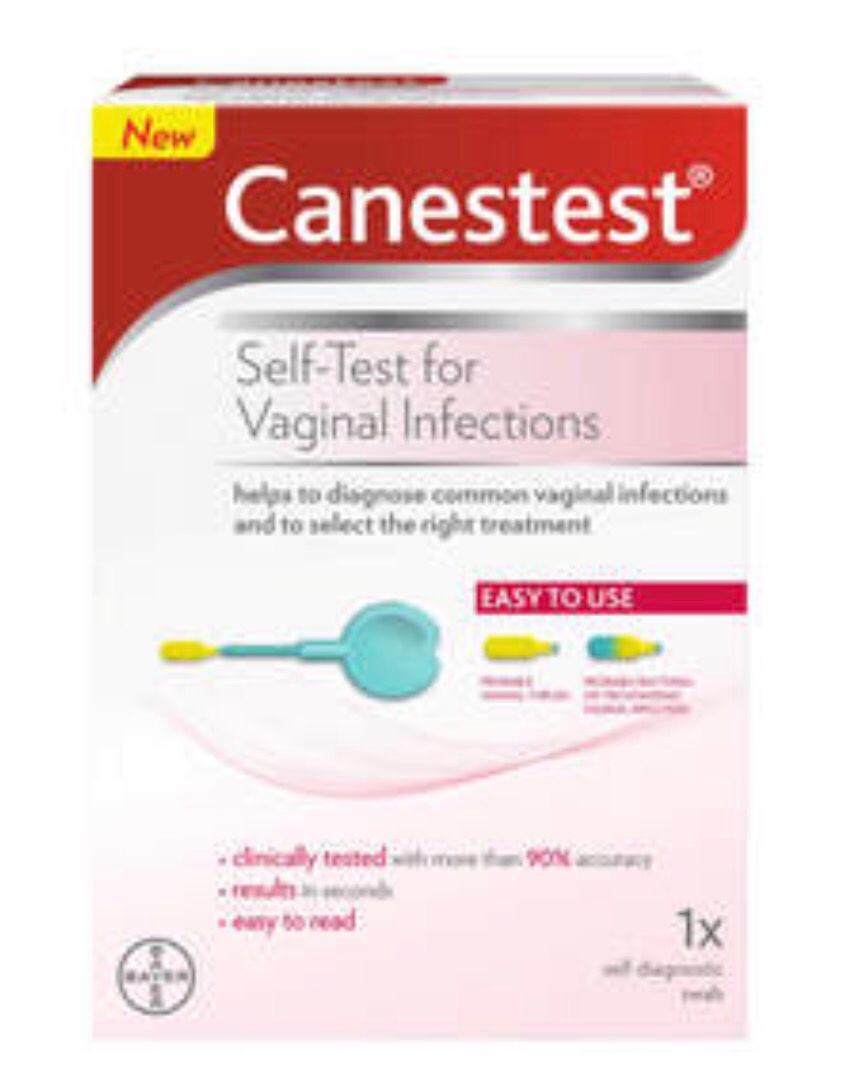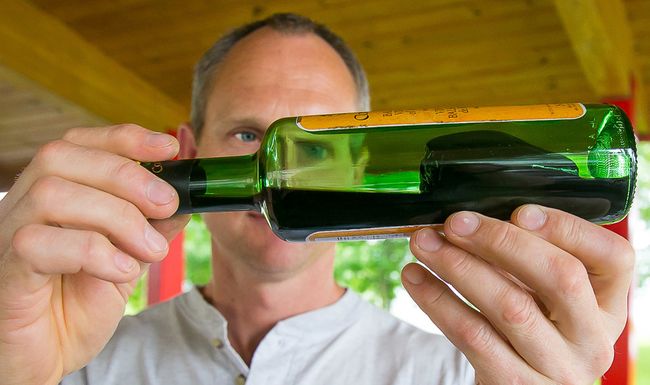Haha no worries, even if you work very hygienically you can still have contamination (even in a clean room with laminar airflow you do get surprises once in a while). Micro organisms are called micro because they are so damn tiny. A speck of dust, a dead skin cell like dandruff, a droplet of saliva from your breath.. all can be a source of contamination. Usually they don't take hold, but if they have the proper climate one cell can thrive. That's the fun thing. At the start you have 1 cell, then 2, then 4, 8, 16.... 2.097.152, 4.194.304... And boom! Your dandruff gave your brew an STD, because that lady in the queue at TESCO standing next to you sneezed. Let's not go into details how that candida ended up in her mouth. In short **** HAPPENS.
The most common food pathogens, for example s. aureus, e. coli and s. enterica are on everone's skin. They won't make you sick, but if you prepare food for example.. the s. aureus can grow on your food. You won't see it at first, as you need millions of bacteria to make something look spoiled BUT the toxins that are produced by the bacteria will not get destroyed by cooking. The result? Common food poisoning.
When brewing, your wort isn't the most friendly environment for bacteria but it's great for fungi. When brewing yeast starts fermenting, the byproducts of the fermentation "ruin" the environment in such a way it's unlikely to be contaminated by other micro organisms (hence why we historically ferment things). So just work hygienically and you should be fine. A common misconception in brewing is that the COò (sometimes called "COò blanket") produced by the yeast prevents aerobic pathogens, but in reality the aerated wort contains more than sufficient oxygen to let most fungi thrive. Also, if some pathogens do end up in your brew.. they are unlikely to infect your brew, simply because they get fought of by the (strong) culture of yeast that's already growing in the medium. That also explains why super sterile newbies do infect their brew (open fermenter and peek how it's going, measure the SG every 10 minutes etc) and less hygienically working (time is money!!) experienced brewers never have issues.
So in order to do a successful brew;
- Work hygienically (wash your hands thoroughly - especially the sides of your fingers and nails, sanitize EVERYTHING that comes into contact with your brew)
- Limit the amount of dust when working with cooled wort (don't brew outside when the air is bursting with pollen for example; great source of contamination)
- Make the environment as good as possible for the yeast you are using (i.e. correct temperature, pH, aerate etc) to make sure it gets a good start.
- Do not peek to often, everytime you open your fermenter the overpressure of the COò surges out and partially gets replaced with fresh air (again inevitably containing dust particles)


















